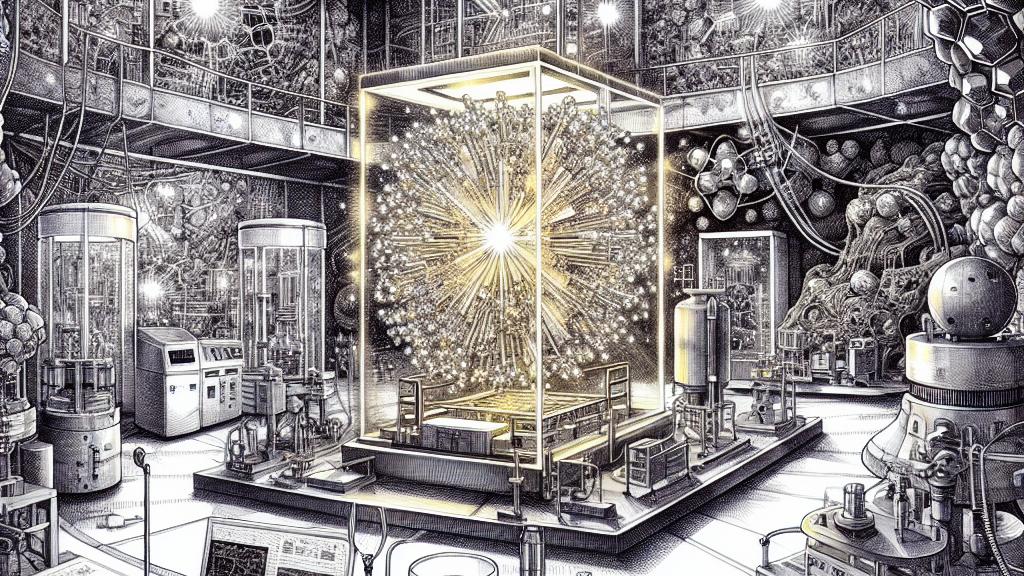Exploring New Materials for Nuclear Technology
Overview
- Revolutionary composites drastically improve irradiation resistance.
- High entropy alloys are transforming nuclear material capabilities.
- Innovative materials promise safer, more efficient nuclear energy solutions.

Groundbreaking Advances in Nuclear Materials
In an exhilarating breakthrough that could alter the nuclear landscape, a team of researchers at the Erich Schmid Institute of Materials Science in Austria has made strides that offer immense potential. They developed a revolutionary combination of high entropy crystalline and amorphous nanolaminates, which are designed to withstand harsh irradiation environments. This isn't just science mumbo jumbo; when subjected to the extreme conditions of a reactor, these advanced composites maintain their structural integrity remarkably well—something that traditional materials often can't handle. For example, these composites exhibit exceptional stability under radiation, paving the way for enhanced safety and efficiency in nuclear reactors. Simply put, they could become game-changers in how we harness nuclear energy.
Diving into High Entropy Alloys
High entropy alloys (HEAs) are creating a buzz in the materials science community, and it's easy to see why. Imagine a unique concoction of multiple elements expertly blended at the atomic level to yield extraordinary properties such as strength, corrosion resistance, and thermal stability—HEAs truly are the Avengers of materials! In the high-stakes environment of a nuclear reactor, these qualities can significantly diminish common issues like swelling or embrittlement caused by radiation exposure. By embedding HEAs into nanolaminates, researchers have crafted a structure that not only mitigates damage but actively enhances performance. The interfaces in these materials serve a critical role, effectively acting as barriers that trap harmful defects, ensuring the reactor operates smoothly and reliably. With such advancements, HEAs bring us closer to safer, more resilient energy production.
Envisioning the Future of Nuclear Energy
As we step into a new era of nuclear energy, the implications of these advancements are nothing short of exhilarating. Think about a future where nuclear plants function with unparalleled safety, efficiency, and sustainability, all thanks to the incorporation of advanced materials like nanolaminates and high entropy alloys. This vision isn’t mere wishful thinking; it's becoming possible through innovative engineering techniques. The world is leaning towards cleaner energy solutions, and with improved materials that withstand the test of time and conditions, nuclear energy could stand tall as a viable, trustworthy power source. This research signifies a pivotal shift; we're no longer merely discussing concepts but are laying down the foundation for a future where nuclear energy could play a fundamental role in our global energy mix. It's an exciting moment in science, reflecting our relentless pursuit of energy innovation.

Loading...